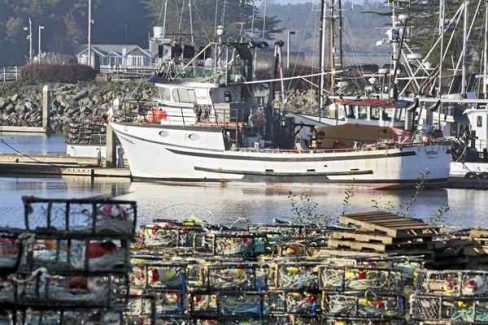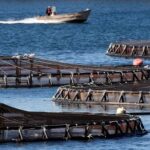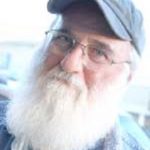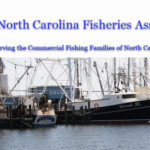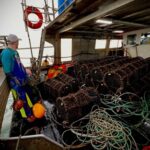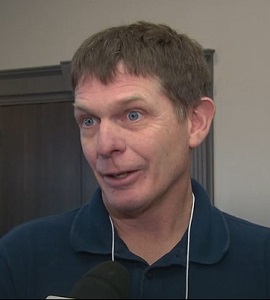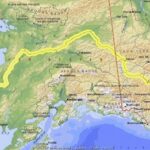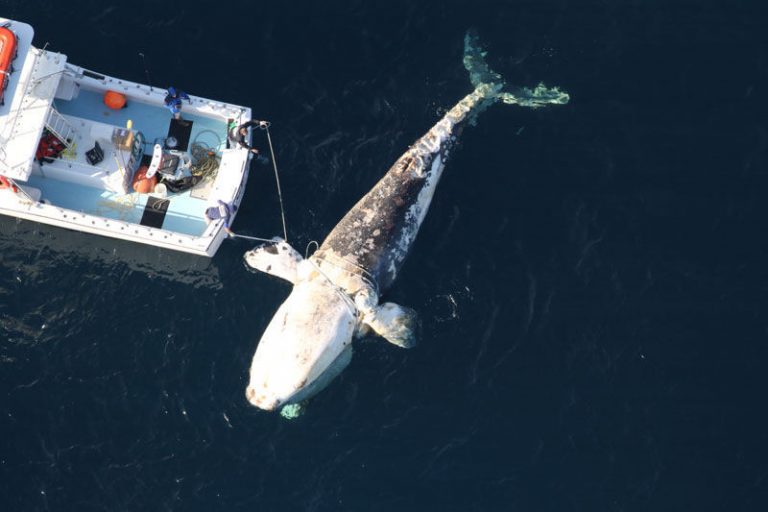Daily Archives: December 31, 2016
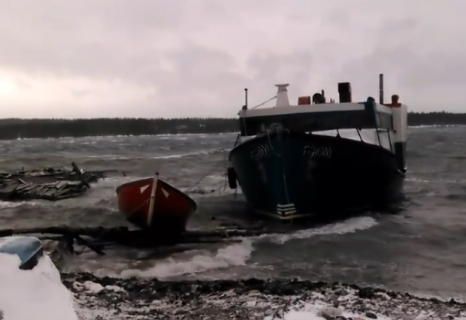
Storm damages fishing boat, raises Holy Hell in western Newfoundland
High winds tore through a home in Lark Harbour, Nfld. on Friday, ripping off the roof and leaving the building in shambles. The RCMP said Friday night the community was experiencing “hurricane force winds,” and warned residents to stay inside. “High winds are blowing large pieces of debris through the air,” the RCMP wrote in a news release at about 8:30 p.m. Friday. “[We ask] people not travel to the area as it’s proving unsafe to do so.” A fishing boat that was featured in Discovery Canada’s Cold Water Cowboys reality series was heavily damaged during severe weather in Port Saunders, on Newfoundland’s west coast. Conway Caines’s fishing vessel, called Sea Doo, was washed into the beach after high tides and heavy winds caused it to break away from a wharf Friday afternoon. More images, Videos, Read the story here 18:56
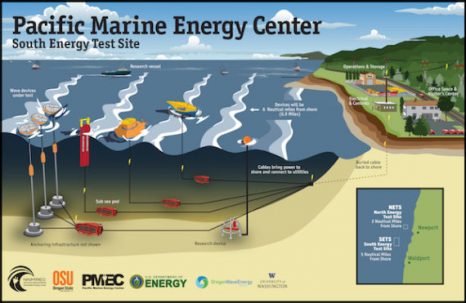
US Doubles Down On Wave Energy, $40 Mil For New Test Bed
It looks like the US is about to get much, much more serious about developing its vast wave energy potential. Researchers have been working at several relatively modest sites in Hawaii and the Pacific Northwest, and now the Energy Department has announced funding for a new, $40 million utility scale test site in the waters of the continental US, off the coast of Oregon. The new wave energy test site will be built and operated under the auspices of Oregon State University’s Northwest National Marine Renewable Energy Center. In a press release announcing the plan to invest up to $40 million in the nation’s first utility scale wave energy test site, the Energy Department noted that more than half of the population of the US lives within 50 miles of a coastline. All things being equal, coastal populations are expected to grow, but getting zero emission energy to coastal regions is becoming more complex and difficult. Aging coastal nuclear power plants will most likely not be replaced, and population density limits the potential for utility scale wind farms and solar arrays on land. Another limitation for land-based renewable energy in coastal areas is the need for new long distance transmission lines. Plans have been in place for years to bring wind power from the wind rich midwest to points east, but the new lines have had to battle against fossil fuel interests as well as local stakeholders. One solution is to tap the waters of the US coastlines. Read the rest here 12:40
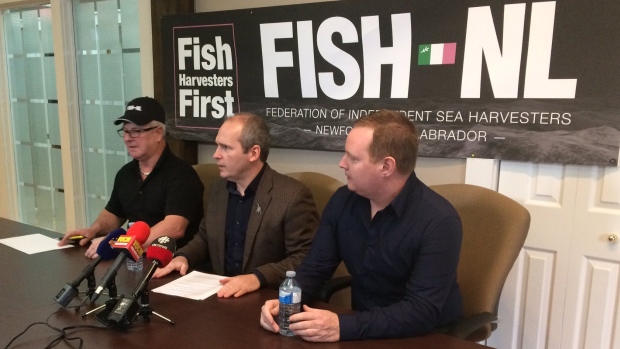
3 reasons the FFAW says FISH-NL can’t be trusted
Friday morning in St. John’s, FISH-NL formally filed for union certification with the Labour Relations Board so its members can leave the FFAW. The board will review the signed membership cards to determine if FISH-NL has enough support to trigger an official certification vote via secret ballot. FFAW secretary-treasurer Dave Decker outlined the reasons his union feels FISH-NL, led by former NDP MP Ryan Cleary, cannot be trusted. Cleary will not reveal how many fish harvesters have pledged their support to FISH-NL by signing the membership cards submitted to the Labour Relations Board Friday. Decker said that shows they don’t have enough support. He said roughly 10,800 harvesters are registered with the Fish Harvesters Certification Board, a provincial body, so FISH-NL knows how many there are. “I don’t think actually that they do have several thousand cards signed,” said Decker. Read the rest here 10:51
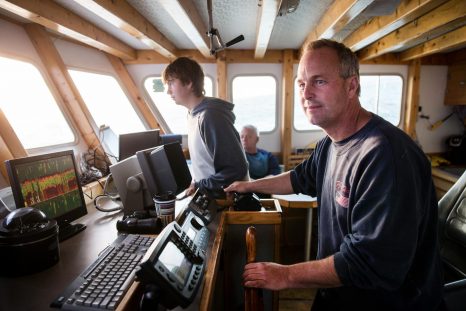
There are more fish in the sea – A high-tech battle for the future of the New England fishing industry
The high-tech battle for the future of the Massachusetts fishing industry is being waged aboard a western-rigged stern trawler named the Miss Emily. Onboard the commercial groundfish vessel, in addition to the satellite positioning system and other sophisticated tools that have become standard in the industry, are at least five computer monitors and a $14,000 fish-measuring board that has halved the time it takes to gauge the catch. State officials say it’s money well spent. Federal catch limits — caps on how many fish each boat can catch — have devastated the state’s most iconic commercial sector, fishermen say. In response to an outcry from the struggling local groundfishing industry, environmental officials are now using the Miss Emily to try to come up with a new — and, they say, more accurate — estimate of codfish in the Gulf of Maine. Under a survey launched last April, local fishermen hope new technology and an aggressive timetable will yield what they have concluded based on their own anecdotal evidence: There are more fish in the sea. Read the story here 09:59
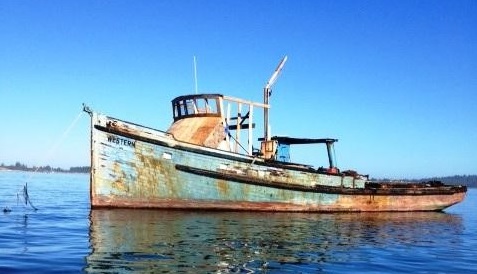
‘F/V Western’ removed from Coos Bay, Marine Board to seek reimbursement from owner
After many months of planning, the F/V Western was removed from Coos Bay on December 21, Oregon State Marine Board said. The work to remove the vessel occurred over the last two weeks by Billeter Marine. The Western, a 70 foot long, 78 gross ton wood-hulled fishing vessel built in 1934, sank near the Empire boat ramp in January, 2015. In August, the Marine Board was awarded a $55,000 grant from the NOAA Marine Debris Program. The project, titled, “A partnership for the removal and prevention of abandoned and derelict fishing vessels along the Oregon Coast,” includes $17,500 matching cash from the Marine Board and $22,500 from the Department of State Lands, as well as in-kind services from Oregon SeaGrant, and staff from the coastal public ports and marinas. Billeter Marine successfully lifted the F/V Western from the water and disposed of the vessel through approved methods on land, officials said. The Marine Board says it will be seeking reimbursement from the owner for the disposal costs. Read the story here 09:25
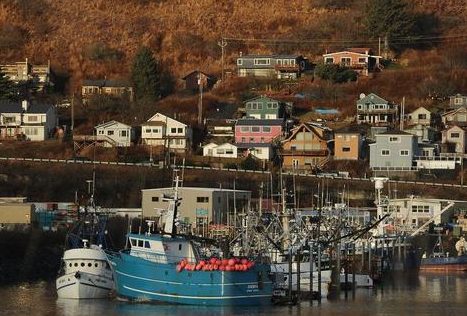
Alaska commercial fishing picks and pans for 2016
The start of 2017 marks the 26th year for this weekly column on Alaska’s seafood industry that aims to make readers aware of the economic and cultural importance of our state’s oldest industry. Alaska fishermen and processors provide 65 percent of our nation’s wild-caught seafood; it is also Alaska’s most valuable export to more than 100 countries around the world. The bulk of Alaska’s fishing fleet of nearly 10,000 vessels is made up of boats less than 50 feet long. Each is a small business that supports several families. For fishing towns like Kodiak, Cordova and Homer, where 500 to 700 vessels are home-ported, those boats are essentially the majority of our downtown store fronts. Call it a mall in a marina. Here are my fishing picks and pans for 2016 — a look back at the best and worst fish stories of 2016, in no order, plus my choice for the biggest story of the year. Laine Welch Read the story here 08:51






